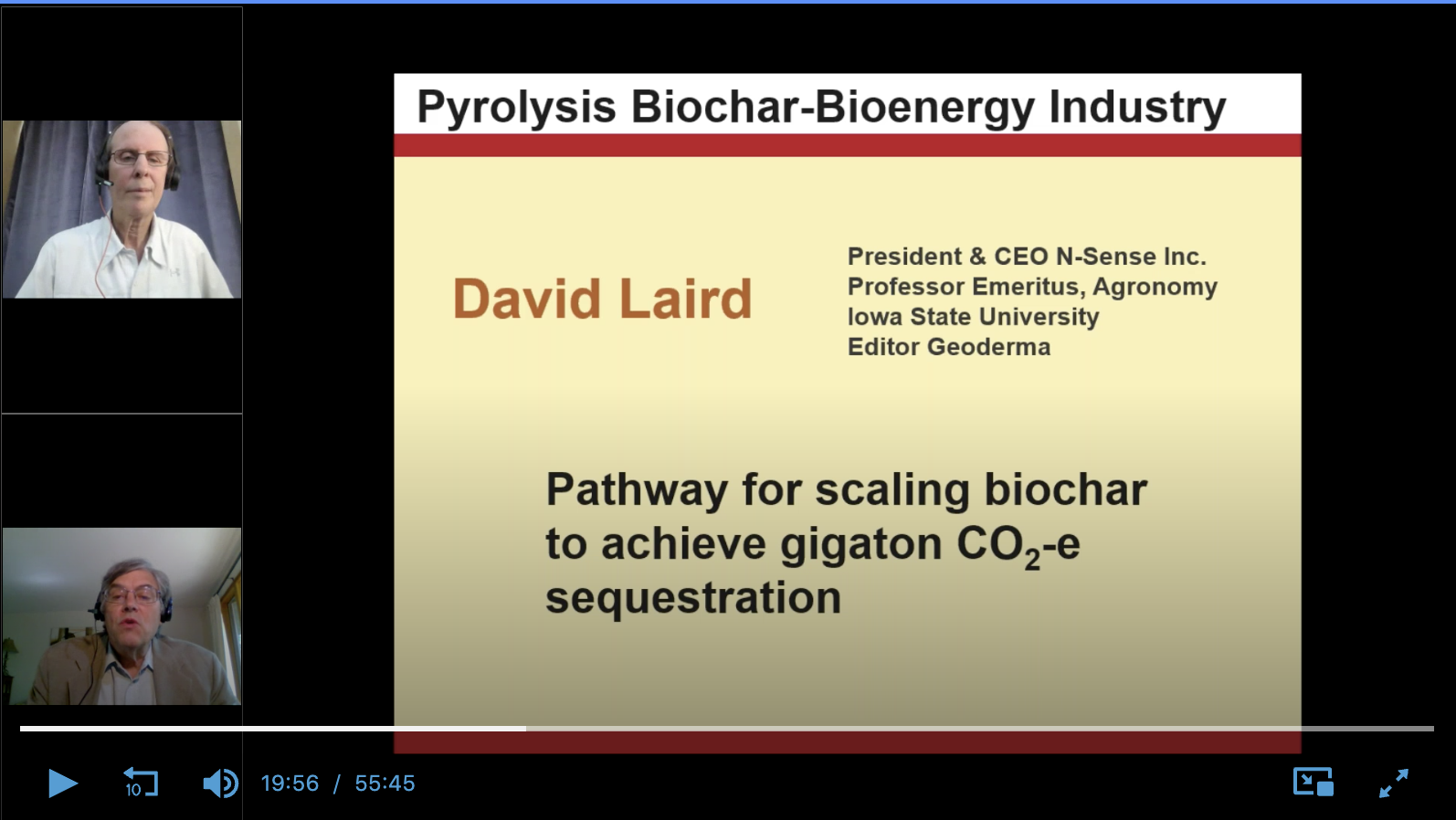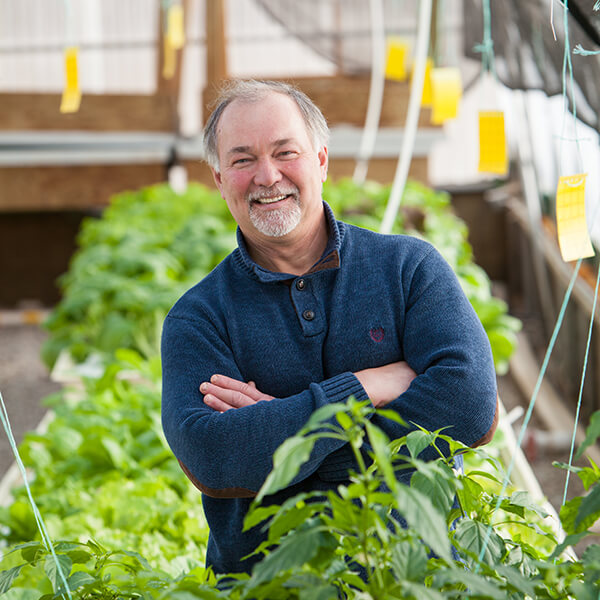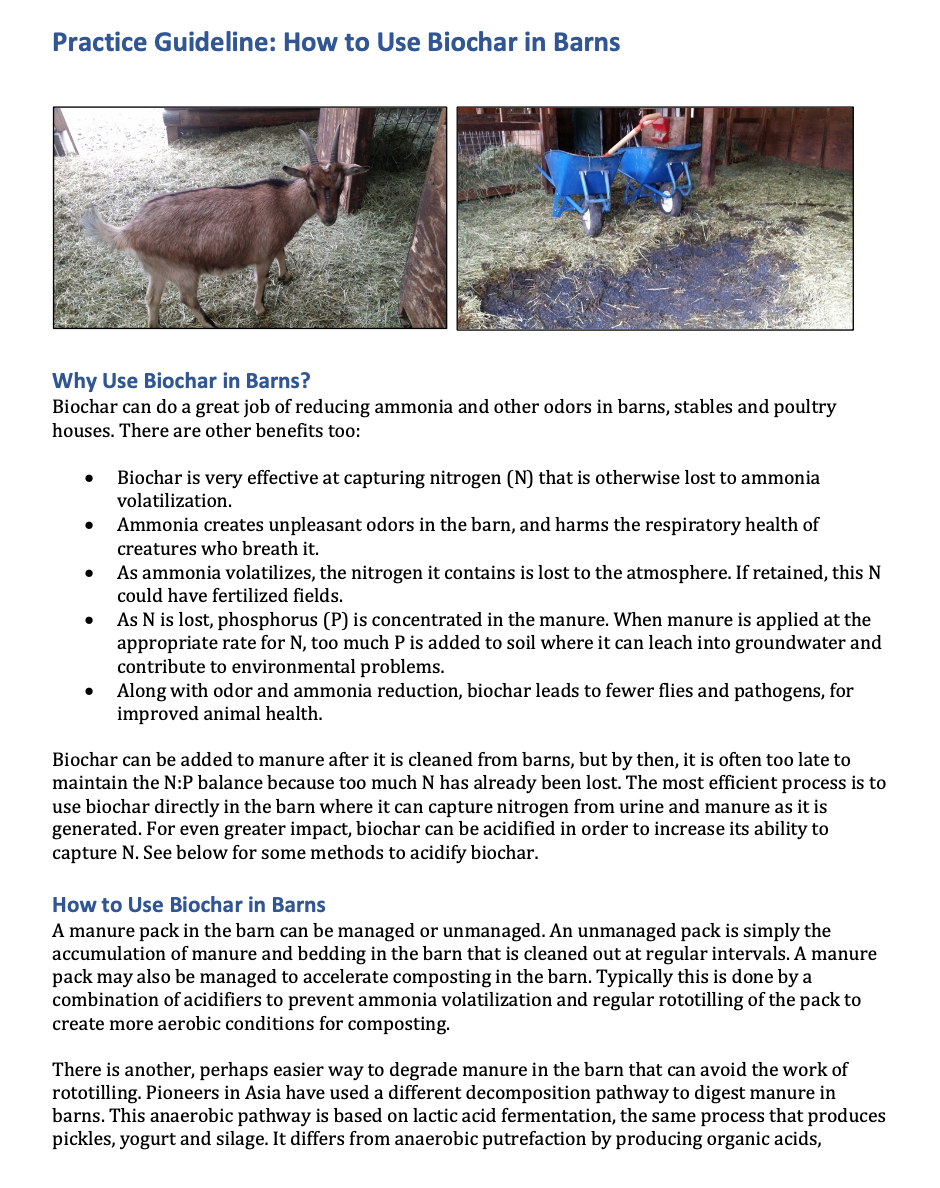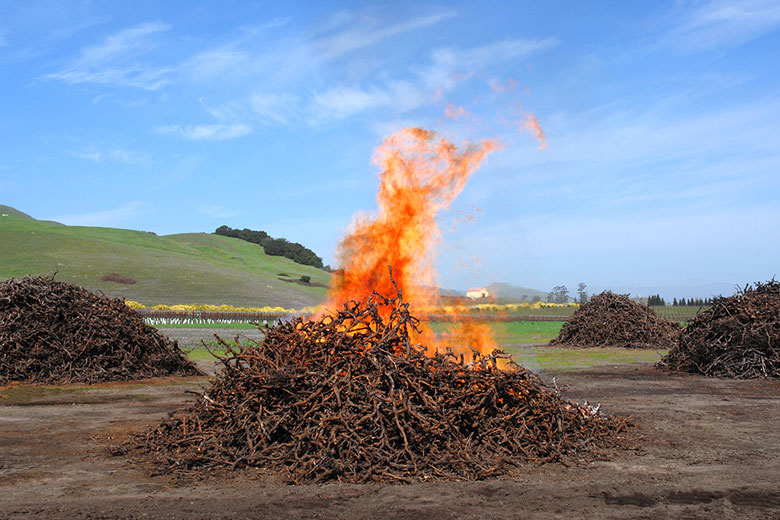
Biochar can sequester carbon in soil – so why aren’t farmers using it?
One of the most effective and long-lasting ways farmers can move carbon from the atmosphere into the soil is to use biochar. But if it is so…

Hydroponics Program - Centre for Applied Research and Innovation
Senior research scientist Nick Savidov was the first researcher to suggest using carbonized agricultural by-products known as “biochar” as a…

Biochar: New York Soil Health Researcher Highlights
As part of the New York Soil Health Researcher Highlights video

Practice Guideline: How to Use Biochar in Barns
The Umpqua Biochar Education Team developed techniques for using biochar in animal barns for an NRCS Conservation…
Combined Heat and Biochar Technology Assessment - USBI Report
Combined heat and biochar (CHAB) technologies are systems that optimize the combustion of wood residues.

WHAT’S BIOCHAR? HOW TO STABILIZE CARBON IN YOUR SOIL
Biochar, otherwise known as charcoal, is an age-old method of increasing soil health. Learn more about the science and how to make your own biochar…

Biochar in New York State: Benefits and Challenges Moving Forward
Biochar in New York State: Benefits and Challenges Moving Forward

From Smoke to Biochar: Carbonizing at Big Table Farm, Gaston Ore.
When Big Table Farm wanted to expand their vineyard, they searched for a better solution than the standard open pile burn.
